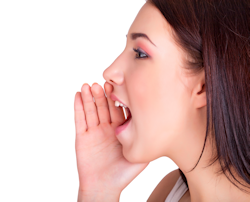Evaluating Noise
Subjective Responses
There are various factors that may indicate noise is a problem in the workplace.

While people react differently to noise, subjective responses should not be ignored because they may provide warnings that noise may be at unacceptable levels.
Noisy conditions can make normal conversation difficult.
- When noise levels are above 80 decibels (dB), people have to speak very loudly.
- When noise levels are between 85 and 90 dB, people have to shout.
- When noise levels are greater than 95 dB, people have to move close together to hear each other at all.
Objective Measurements
Compliance measurements are made in accordance with some relatively precise set of instructions, usually based on laws and regulations. The purpose is to determine the extent of compliance with the limits set forth OSHA 1910.95, Occupational noise exposure.
In an OSHA noise exposure compliance survey for industrial noise, the basic data will be the slow A-weighted sound levels measured using a dosimeter at the ear location of the workers, together with the times spent at the sound levels encountered. From these data, the daily noise dose is calculated by means specified in the regulations.
Diagnostic measurements, are used in engineering control of noise to help locate specific noise sources and determine their magnitudes, and to help select the types of controls needed, their locations, and the amount of reduction sought.
Knowledge Check Choose the best answer for the question.
2-3. At what noise level (db) do people have to speak very loudly?
You forgot to answer the question!
